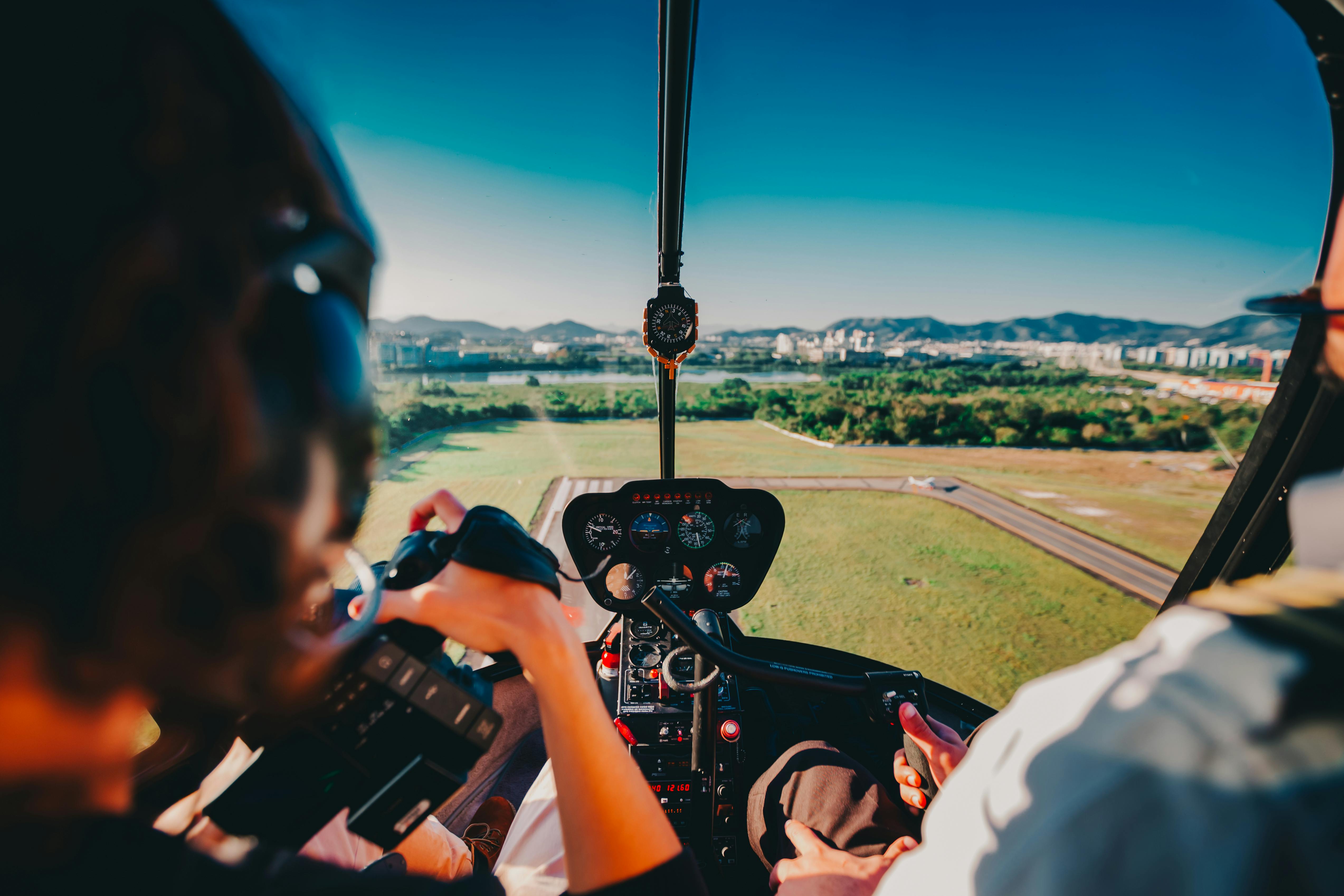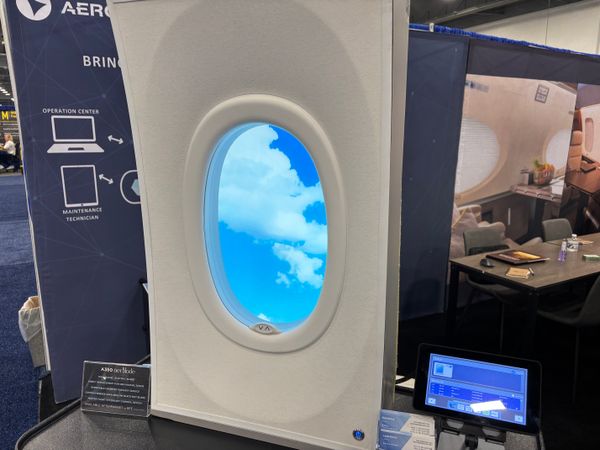Portions of this article were created with assistance from AI tools to help with research, drafting, or copy editing. A human editor reviewed the work, verified key facts, and approved the final version.
AI-assisted content
The Civil Aeronautics Administration (CAA) in Taiwan has introduced notable amendments to the pilot certification regulations, particularly concerning age limits for both commercial and airline transport pilots. Specifically, the minimum age requirements for commercial pilot and multi-crew certification have been lowered from 20 to 18 years old, making the profession more accessible to younger candidates. Concurrently, the minimum age for airline transport pilot certification has been reduced from 23 to 21 years old.
The maximum age limit for airline transport pilots has also been raised from 60 to 65 years old, allowing experienced aviators to continue contributing to the industry longer.

This dual approach is representative of a broader trend observed in international aviation practices, where many countries have adjusted their own regulations to create a more flexible and accommodating environment for pilot training. By lowering the entry age and raising the retirement threshold, Taiwan aims to welcome a diverse range of new pilots while also valuing the experience of older professionals. The regulatory shifts are poised to rejuvenate a workforce that has been affected by recent difficulties.
These changes in age requirements are significant, considering that many nations already employ similar policies, which have proven effective in attracting younger individuals into aviation careers. With these new rules, Taiwan is not only addressing immediate pilot shortages but is also opening doors for future generations of aviators.
Cliffs, Clouds, and Courage: Lukla Airport Nepal, The World's Most Dangerous Airport
The Rationale Behind the Age Policy Revision
The decision to revise age limits for pilot certification in Taiwan stems from a pressing need to counteract alarming trends in pilot shortages. As global travel demand surges, the aviation sector is facing a stark reality: a significant shortfall in trained pilots. Reports highlight that major airlines around the world are grappling with retention and recruitment challenges, partly triggered by the pandemic's impact on training programs.

Enrollment in flight training schools plummeted during the COVID-19 pandemic, creating a backlog of aspiring aviators ready to enter the workforce. With the urgency to replenish the dwindling numbers of pilots, Taiwan's CAA recognized the need for both immediate and sustainable interventions. By creating more opportunities for younger trainees to enter the field and extending the careers of seasoned pilots, the nation aims to alleviate these staffing crises.
Comfort at a Cost: The Silent Death of the Airbus A340
Additionally, the selection of age as a focal point for policy change aligns with global efforts to prompt greater diversity and vitality in the aviation industry. With earlier entry into the profession, new pilots can start accumulating valuable flight hours sooner, which is essential for meeting the escalating demand for flight services.
Global Perspective: Aligning with International Standards
The harmonization of pilot certification age across countries is a pivotal issue within the aviation industry that affects safety, operational efficiency, and career progression for pilots. As countries like Taiwan revise their regulations to align with global practices, it not only simplifies the career pathways for pilots but also enhances international cooperation in aviation safety and training standards.

This standardization is crucial, particularly in a time when pilot mobility is increasingly emphasized. Aspiring pilots who undergo training in Taiwan will benefit from programs that mirror the quality and expectations found in other leading aviation nations. As a result, the talent pool expands, facilitating cross-border career opportunities for pilots looking to work in various regions around the world.
Safety and Regulatory Considerations
With the new age regulations for pilot certification, it is vital to address the safety measures and medical requirements that accompany these changes. While the goal is to foster a greater influx of pilots, maintaining stringent safety standards remains paramount, as the aviation industry prioritizes the well-being of passengers and crew alike.
The CAA has emphasized that even with lowered entry ages, aspiring pilots will still be required to meet rigorous medical and psychological standards before being licensed. This ensures that all pilots possess not only the necessary technical skills but also the physical and mental readiness required to operate aircraft safely.
Turbulence at the Top: How Four Airlines Came to Dominate the U.S. Air Travel Market

For older pilots, continuous assessments will also be mandatory as part of the updated regulations. By establishing a framework that monitors the health and fitness of seasoned aviators, Taiwan can assure stakeholders that safety will not be compromised as the workforce evolves to meet changing demands.
A Bright Future for Taiwanese Aviation
Taiwan's pilot certification changes signify a proactive and transformative step toward addressing ongoing pilot shortages while positioning the nation within the global aviation sector. By revising age requirements, the CAA has opened new pathways for aspiring aviators, setting the stage for the revitalization of Taiwan's aviation industry.

Terminal Trouble: One of Japan's Busiest Airports is Slowly Sinking
These regulatory changes are likely to resonate beyond Taiwan’s borders, potentially serving as a precedent for other regions grappling with similar workforce challenges in aviation. The enthusiasm surrounding these new policies reflects a commitment to ensuring a sustainable and qualified workforce for the future, benefiting entire ecosystems centered around air travel.
The anticipated outcomes from these changes will influence personal and professional trajectories for countless individuals aspiring to take to the skies, ultimately establishing a bright future for Taiwanese aviation and contributing positively to the industry worldwide.
How Aviation Professionals Stay Connected Worldwide » Ghosts of 191: The Crash Site that Continues to Haunt Chicago to this Day » Fuel, Faith, and Four Engines: How Emirates Makes the A380 Work »
Comments (0)
Add Your Comment
SHARE
TAGS
NEWS AI aviation pilot certification Taiwan airlines global standardsRECENTLY PUBLISHED
 How Aviation Professionals Stay Connected Worldwide
Aviation professionals need to stay connected and be reachable anytime, anywhere, and often thousands of feet in the air. From pilots and company executives to the air traffic controllers on the ground, stable and reliable communication is imperative.
INFORMATIONAL
READ MORE »
How Aviation Professionals Stay Connected Worldwide
Aviation professionals need to stay connected and be reachable anytime, anywhere, and often thousands of feet in the air. From pilots and company executives to the air traffic controllers on the ground, stable and reliable communication is imperative.
INFORMATIONAL
READ MORE »
 Big Wings, Bigger Job: How the Dreamlifter Keeps Boeing's Assembly Lines Moving
In modern aircraft manufacturing, it's common for different components to be built in factories scattered across the globe. Bringing these parts together for final assembly can pose significant logistical challenges, especially when the factories are separated by thousands of miles. Enter the Boeing Dreamlifter: a fleet of four specially-modified Boeing 747s designed to solve this very problem.
INFORMATIONAL
READ MORE »
Big Wings, Bigger Job: How the Dreamlifter Keeps Boeing's Assembly Lines Moving
In modern aircraft manufacturing, it's common for different components to be built in factories scattered across the globe. Bringing these parts together for final assembly can pose significant logistical challenges, especially when the factories are separated by thousands of miles. Enter the Boeing Dreamlifter: a fleet of four specially-modified Boeing 747s designed to solve this very problem.
INFORMATIONAL
READ MORE »
 The Next Big Upgrade in Air Travel Might Be Your Window Shade
While most cabin refurbishments focus on plush seats and mood lighting, one Florida company believes the next big upgrade lies in something passengers barely notice: the window shade.
STORIES
READ MORE »
The Next Big Upgrade in Air Travel Might Be Your Window Shade
While most cabin refurbishments focus on plush seats and mood lighting, one Florida company believes the next big upgrade lies in something passengers barely notice: the window shade.
STORIES
READ MORE »







